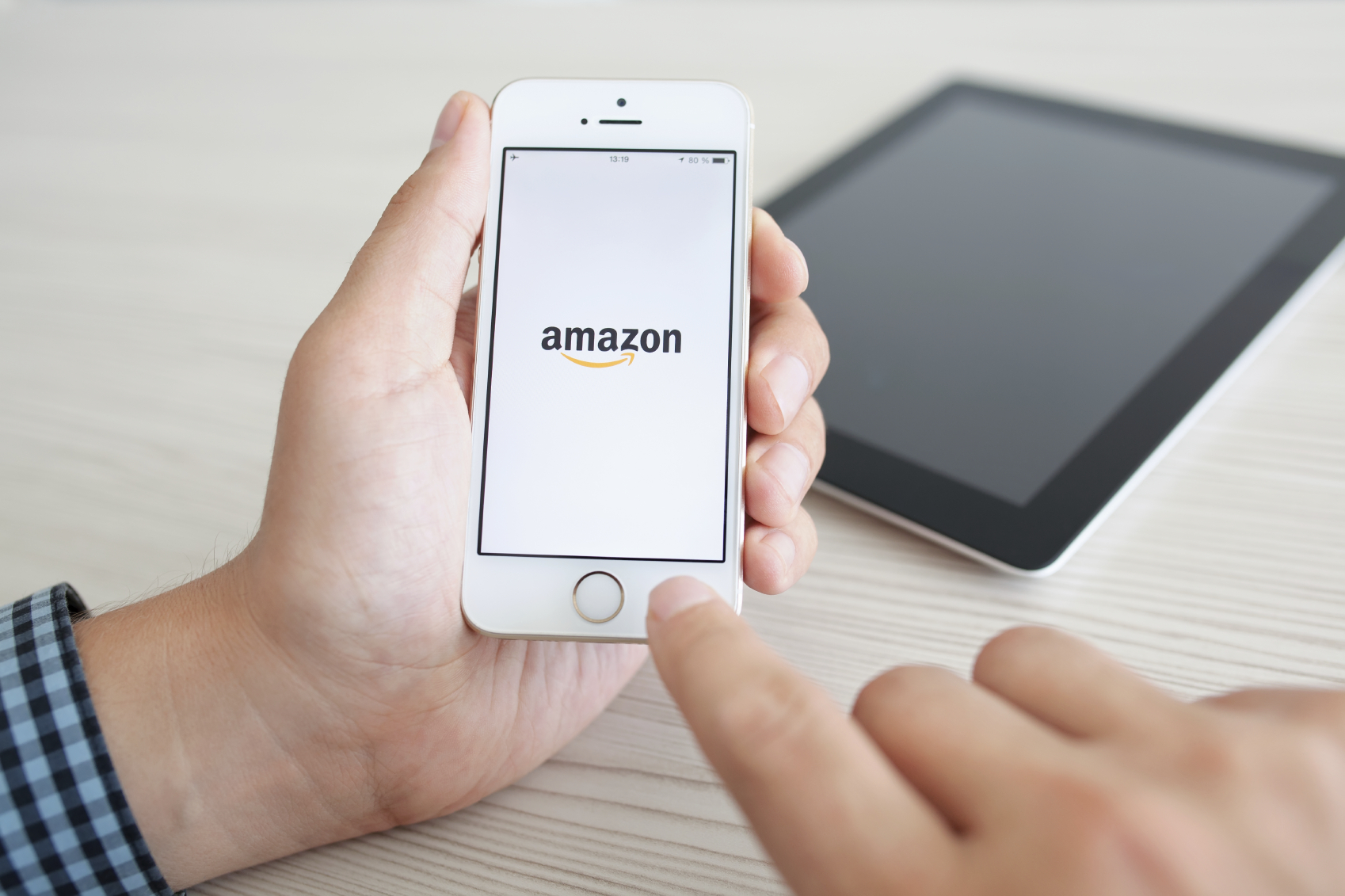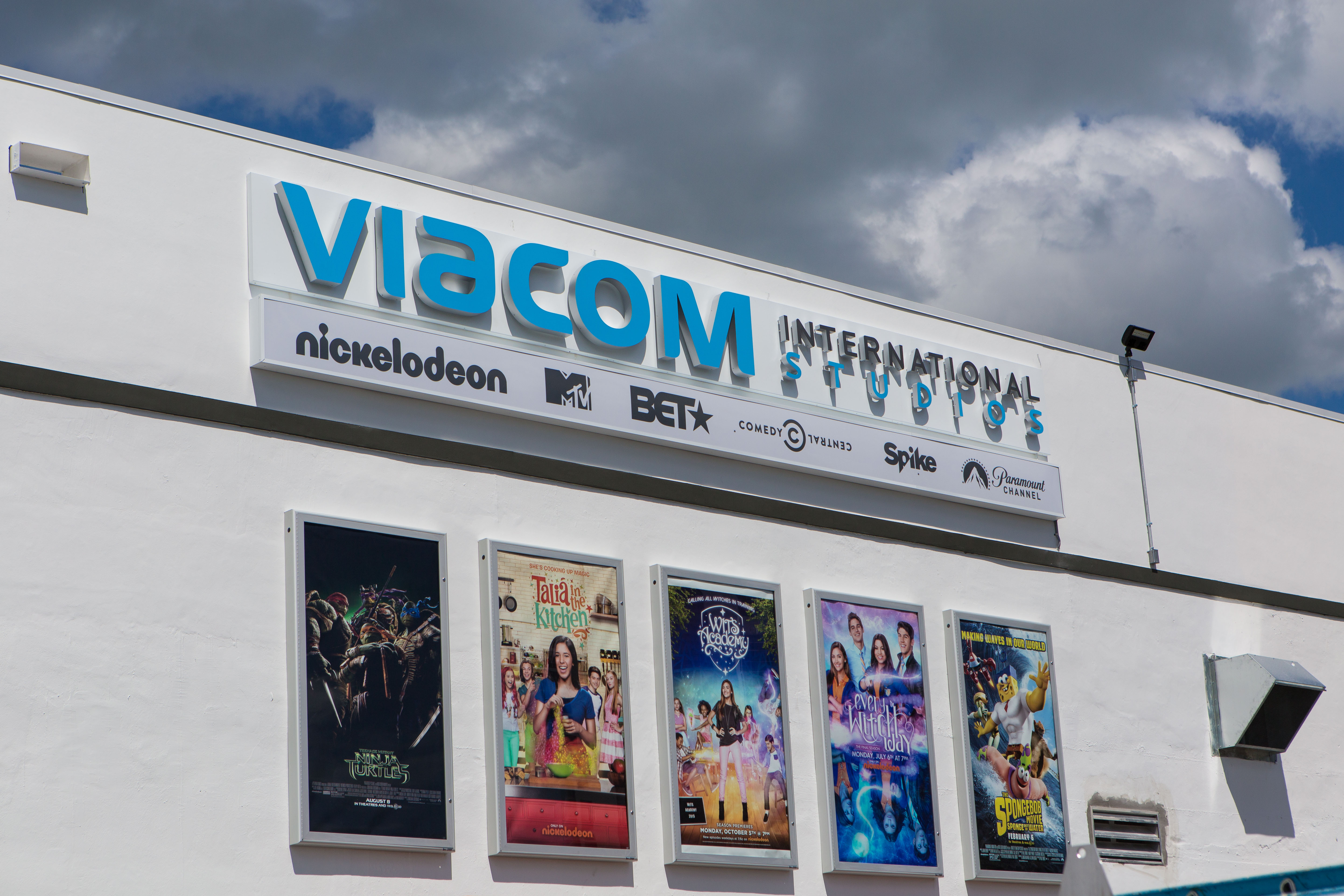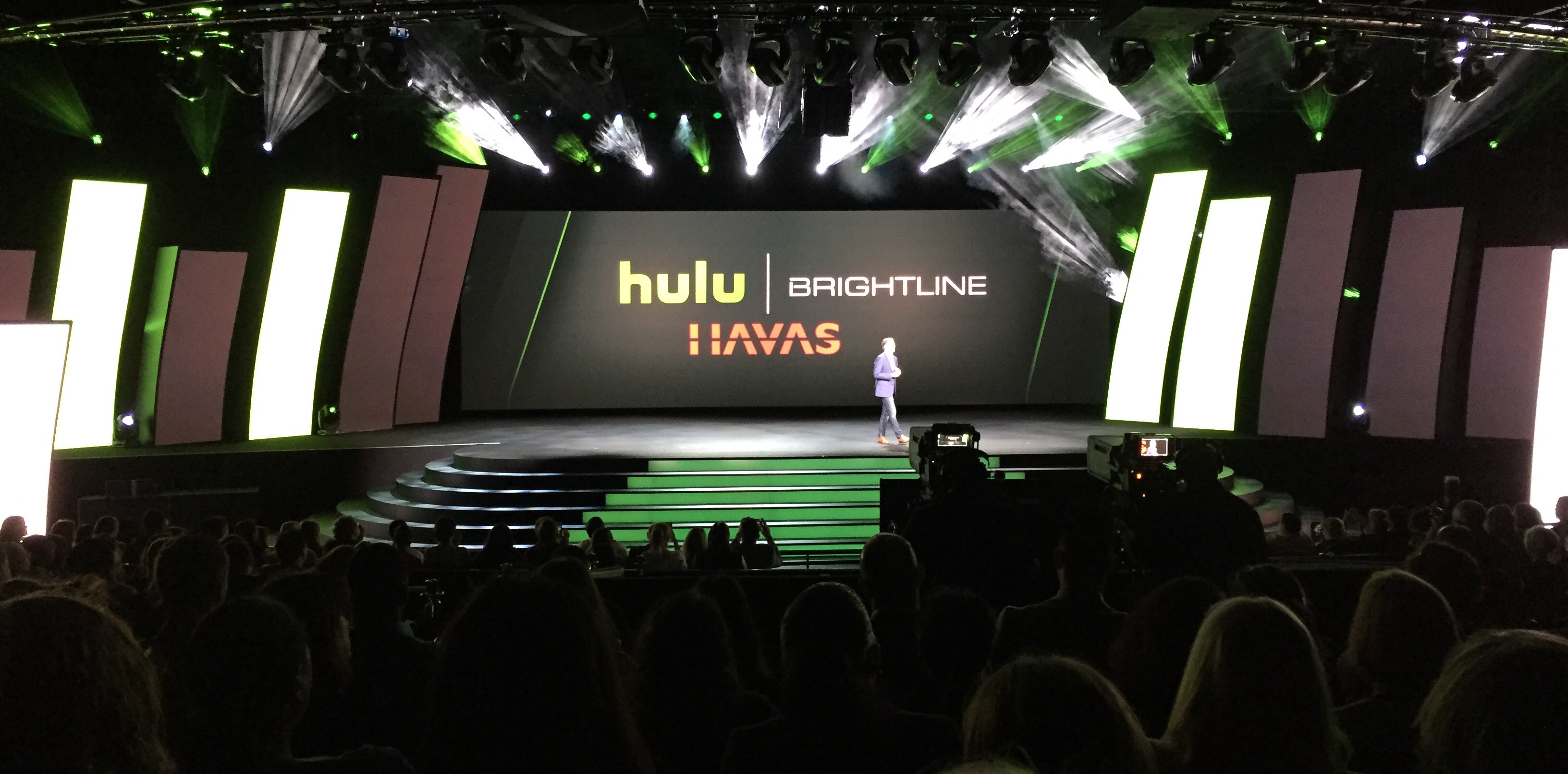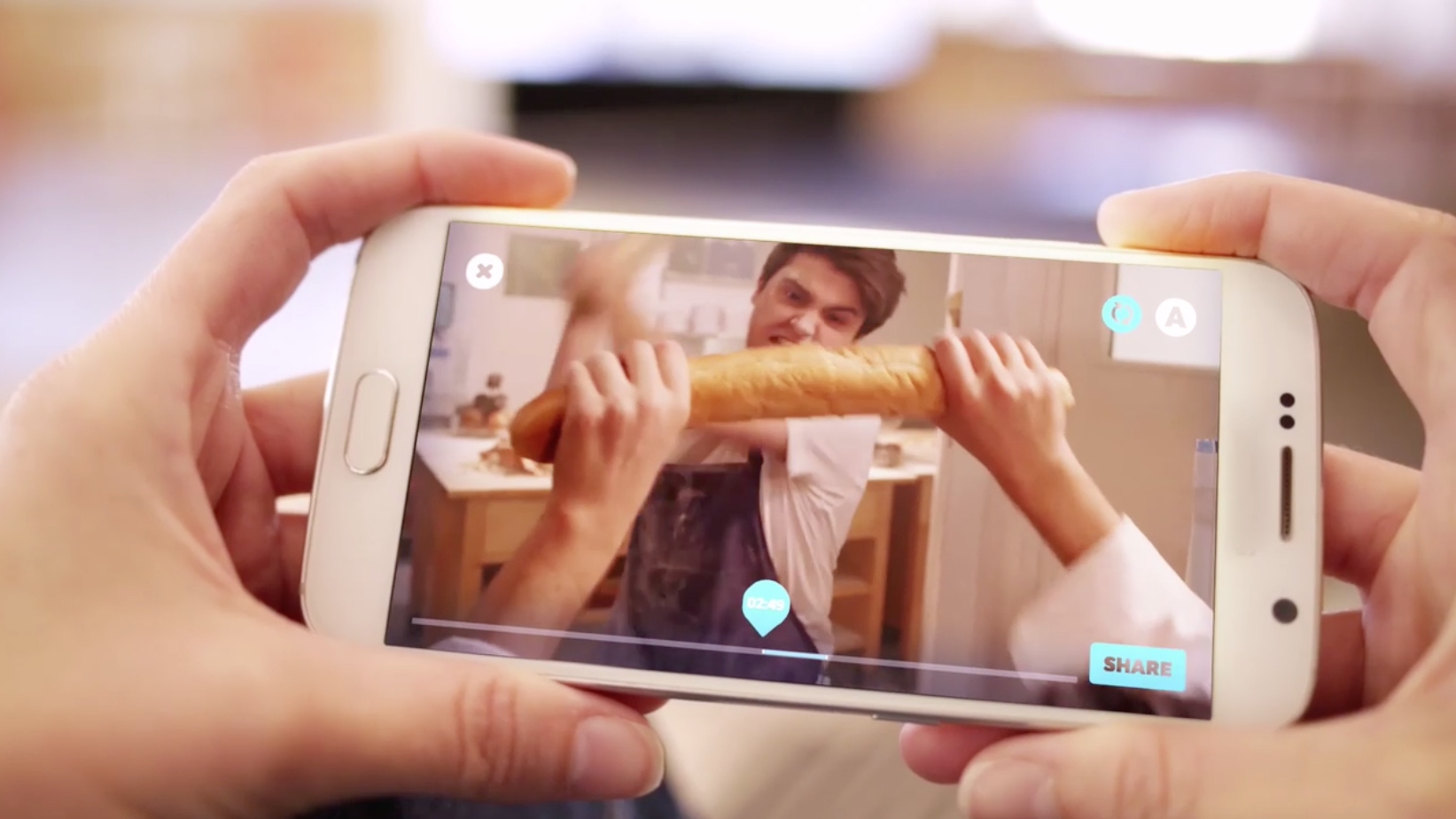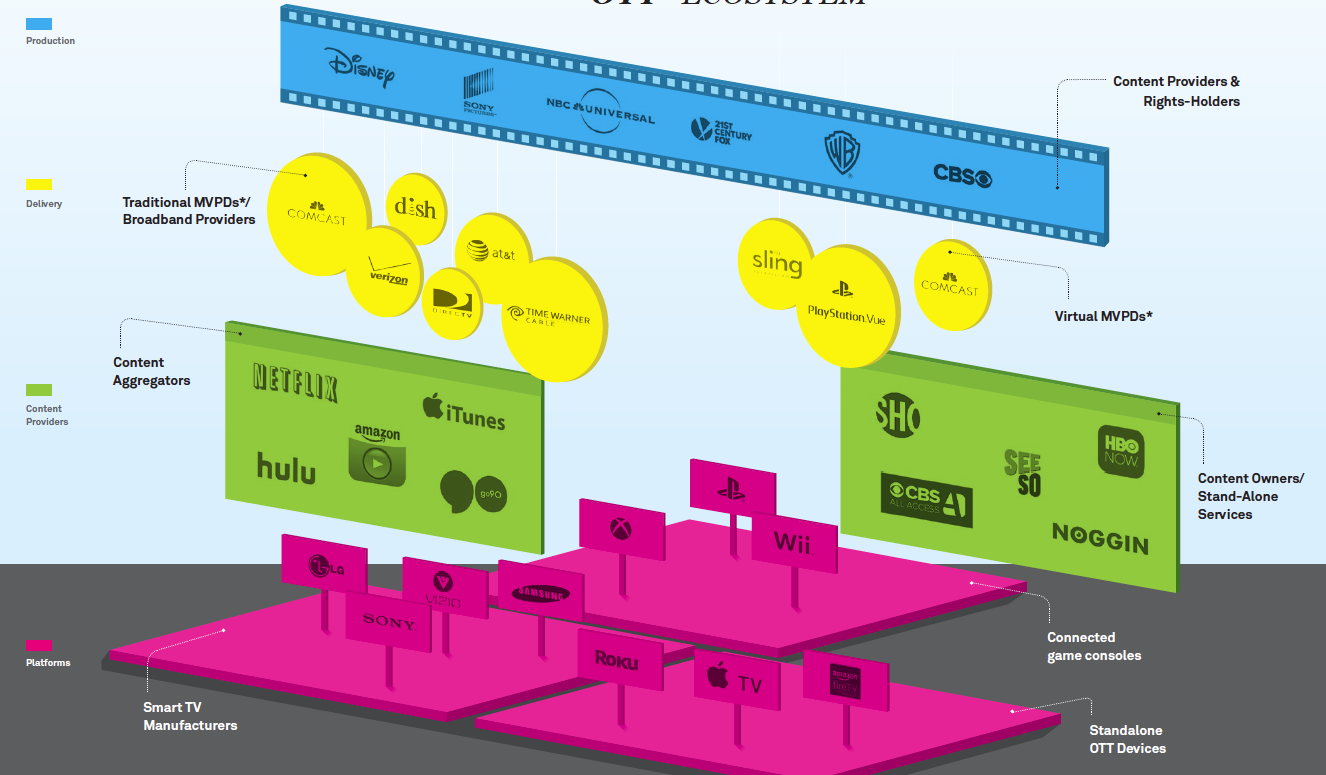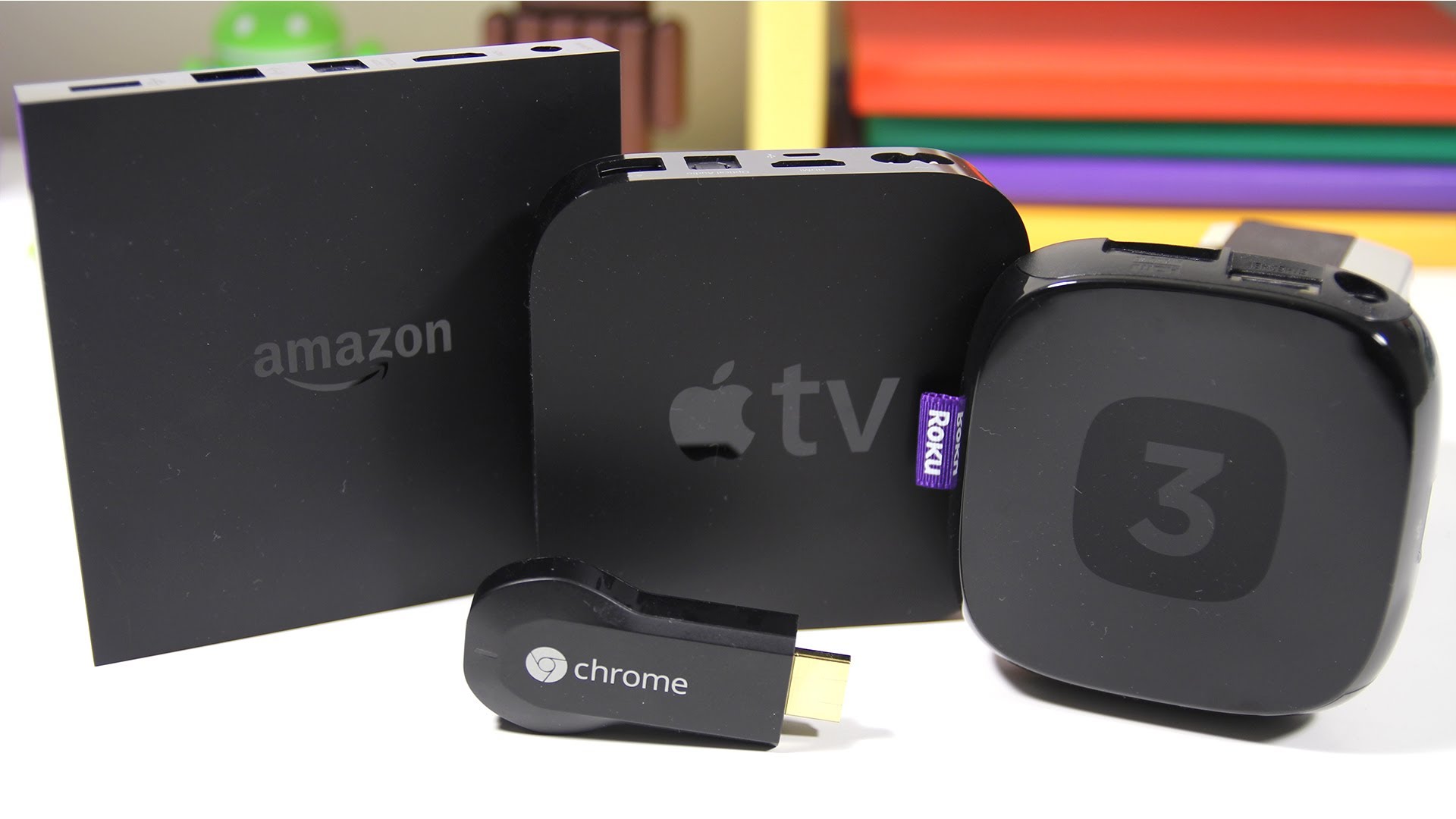What Happened
Amazon is opening up its video streaming platform with the launch of Amazon Video Direct program, which aims to attract content creators to upload their videos to Amazon for better audience reach and monetization. The program offers creators several options to monetize their videos, including making them free and ad-supported, making them available to rent or own, and collecting royalties based on the hours streamed. Larger-scale video producers can also choose to package their content and offer it as an add-on subscription to Amazon Prime Video.
What Brands Need To Do
With this initiative, Amazon is making a strong play for more video content, especially user-generated and independent content, which puts it in direct competition with digital video platforms like YouTube and Vimeo. For brands, Amazon Video Direct opens a door for them to get their branded content onto Amazon’s video platform to reach the streaming audience. Since some videos will be ad-supported, brands can also work with content creators to find compatible videos to run ads with so as to reach their target audiences.
To read more on how brands can take advantage of the ongoing shift in content distribution toward streaming platforms, please check out the Appified TV section in our Outlook 2016.
Source: TechCrunch
